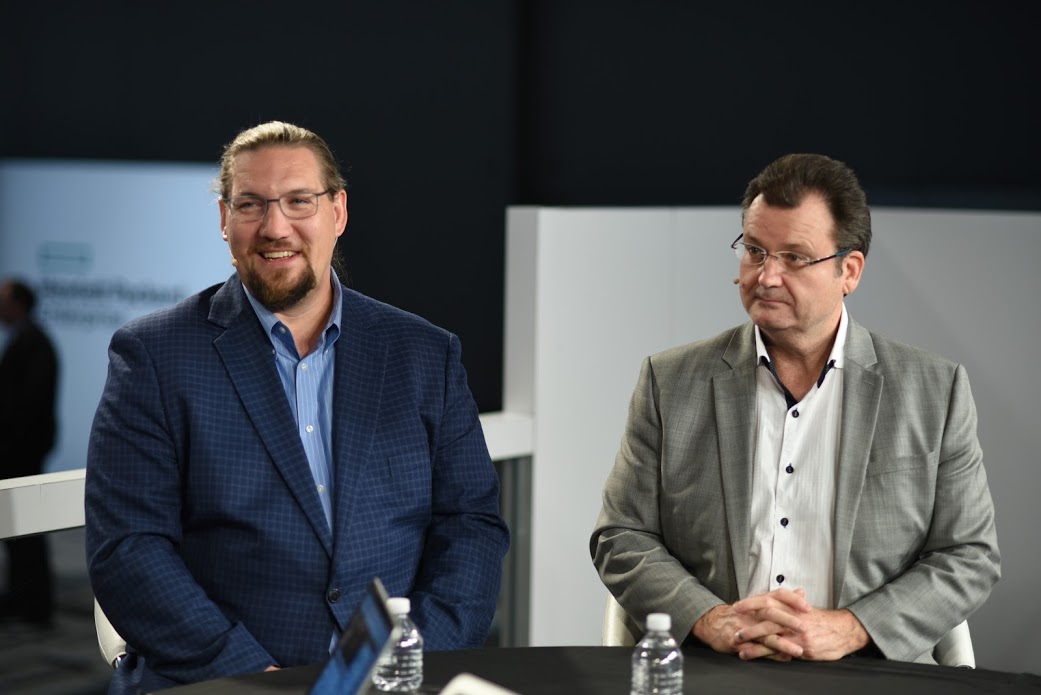 NEWS
NEWS
 NEWS
NEWS
 NEWS
NEWS
Since Hewlett Packard Enterprise Co. (HPE) introduced its Moonshot server, a number of changes have been introduced to make the system much better and more efficient.
To discuss Moonshot improvements and where the server system is going, Dr. Tom Bradicich, VP and GM of Servers, IoT Systems, at HPE, and Jason Willis, Citrix Systems, Inc. architect at McKesson Corp., sat down with Dave Vellante (@dvellante) and John Furrier (@furrier), cohosts of theCUBE, from the SiliconANGLE Media team, during HPE Discover 2016 in Las Vegas to discuss the details of composed infrastructure.
Moonshot was considered a very efficient platform all along, but a variety of new partners — as well as several hardware upgrades, including a new Xeon processor, a new chassis size and the proven HP “lights-out” management technology — have brought the system to a new level.
“The impact is customers are getting workload optimization in a form factor that is among the best, if not the best, in the industry,” said Bradicich.
Most customers who are using Moonshot have been quite pleased with the platform, not only with its improved efficiency, but also with its ability to adapt to high density workflow, according to Bradicich. McKesson, one of the customers who has moved to Moonshot, is especially impressed with the redesigned system.
“I’ve never seen anything like this in the industry before. What we can do with that little cartridge … the ideas and the limits are just endless,” said Willis.
Watch the full video interview below, and be sure to check out more of SiliconANGLE and theCUBE’s coverage of HPE Discover 2016.
Support our mission to keep content open and free by engaging with theCUBE community. Join theCUBE’s Alumni Trust Network, where technology leaders connect, share intelligence and create opportunities.
Founded by tech visionaries John Furrier and Dave Vellante, SiliconANGLE Media has built a dynamic ecosystem of industry-leading digital media brands that reach 15+ million elite tech professionals. Our new proprietary theCUBE AI Video Cloud is breaking ground in audience interaction, leveraging theCUBEai.com neural network to help technology companies make data-driven decisions and stay at the forefront of industry conversations.